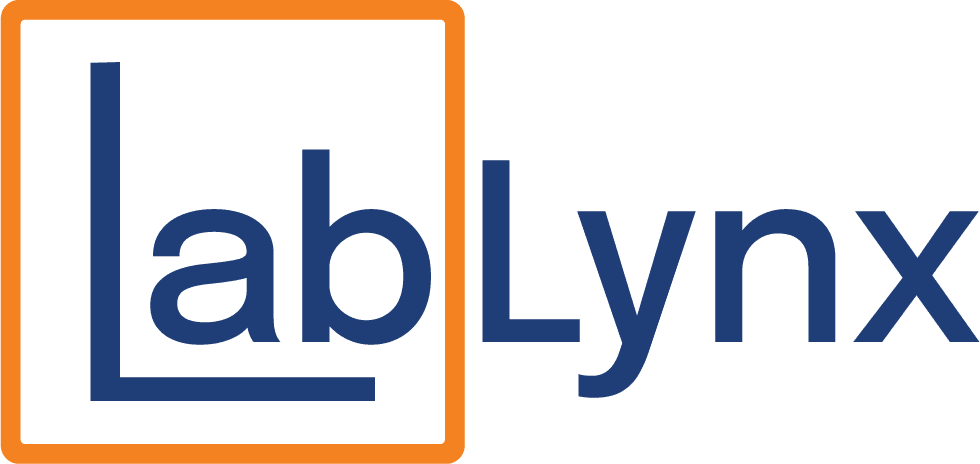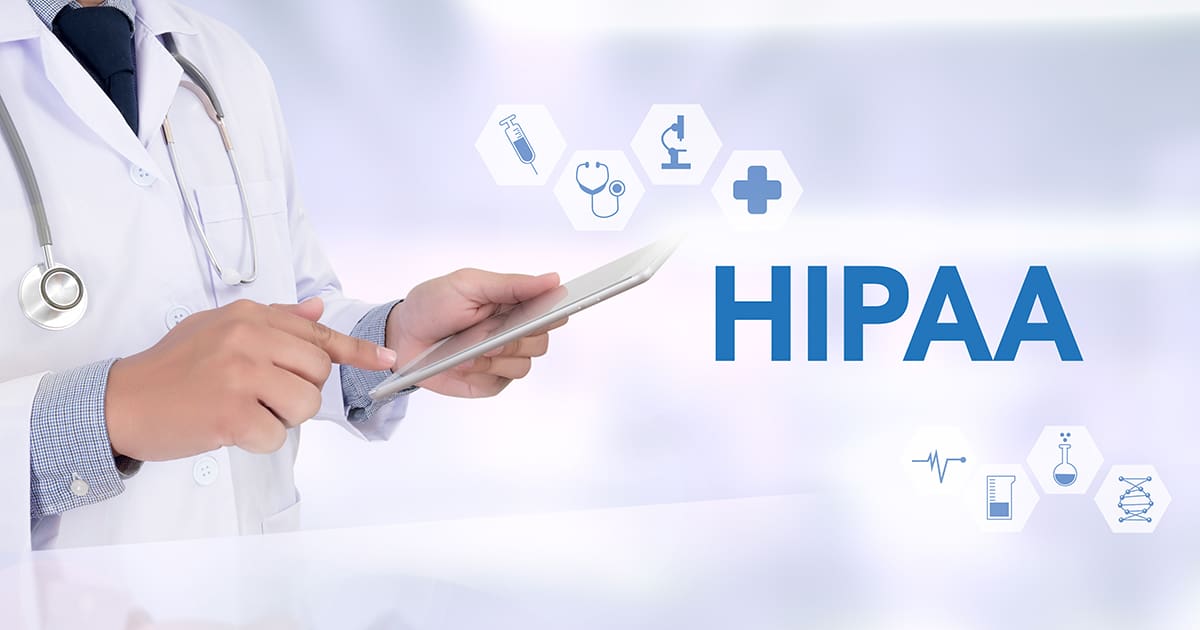
Protecting patient information is more than just a regulatory checkbox for laboratories—it’s a fundamental responsibility. Laboratories that manage patient data are required to comply with HIPAA (Health Insurance Portability and Accountability Act) regulations to ensure sensitive health information remains private and secure. Whether your lab performs diagnostic testing, integrates with electronic health systems, or shares results with providers, HIPAA compliance is essential to maintaining trust, minimizing liability, and operating within legal boundaries.
At LabLynx, we recognize the unique challenges labs face in achieving and maintaining compliance. This article provides a comprehensive overview of HIPAA compliance in the laboratory environment—what it is, how it applies to labs, how to achieve it, and how LabLynx can help streamline and support every step of the process.
What Is HIPAA?
The Health Insurance Portability and Accountability Act (HIPAA) was enacted by the U.S. Congress in 1996 to protect the privacy and security of individuals’ medical information. HIPAA’s Privacy, Security, and Breach Notification Rules regulate how healthcare entities and their partners collect, store, share, and protect electronic protected health information (ePHI).
Laboratories that are considered “covered entities” under HIPAA—such as those conducting diagnostic testing for healthcare providers—must adhere to these rules. Additionally, labs that work as subcontractors or service providers to covered entities may also be classified as “business associates,” and are likewise required to comply.
What HIPAA Compliance Looks Like in a Laboratory Setting
HIPAA compliance in a lab involves more than just securing computers. It spans administrative policies, technical infrastructure, physical safeguards, and employee behavior. Below is a breakdown of what true HIPAA compliance looks like in action for laboratories:
Restricted Access: Only authorized personnel should be able to access patient data. Access is typically managed through user permissions and role-based controls that align with each staff member’s responsibilities. For example, a lab technician may not need the same level of access as a lab director or compliance officer.
Encrypted Data Storage and Transmission: All ePHI must be encrypted both while stored and when transmitted. This includes result reports, internal communications, and integrations with EMR systems. Encryption ensures that data is unreadable to unauthorized users, even in the event of a breach.
Audit Logging and Monitoring: Every action involving ePHI—whether viewing, modifying, or transmitting—should be logged and timestamped. These audit trails help demonstrate compliance and are critical for investigations if a data breach occurs.
Annual Staff Training: All lab employees who interact with patient data must be trained on HIPAA regulations annually. Training includes recognizing phishing attempts, understanding the importance of confidentiality, and knowing what to do if a potential breach is suspected.
Written Policies and Procedures: Labs are required to document their HIPAA compliance efforts through policies that outline how data is handled, accessed, and protected. These documents should be reviewed regularly and made accessible to all employees.
Secure Software Integrations: Any third-party tools or platforms that interface with your lab’s systems must meet HIPAA standards. This includes laboratory information management systems (LIMS), electronic medical records (EMR), billing systems, and communication portals.
Key Components of HIPAA Compliance for Labs
The HIPAA Privacy Rule: This rule regulates the use and disclosure of PHI. Laboratories must ensure that patient data is only shared with authorized individuals and that patients have access to their records upon request. Labs are also required to display and provide a Notice of Privacy Practices outlining how PHI is used.
The HIPAA Security Rule: This rule focuses on the protection of ePHI. It mandates administrative safeguards (like risk management policies and employee training), physical safeguards (such as workstation security and controlled facility access), and technical safeguards (such as encryption, secure logins, and audit trails).
The HIPAA Breach Notification Rule: If a data breach occurs that compromises PHI, labs must notify affected individuals, the Department of Health and Human Services (HHS), and in some cases, the media. The rule sets specific timelines and documentation standards for breach responses.
How to Achieve HIPAA Compliance in the Lab
- Conduct a Risk Assessment: Evaluate all systems, workflows, and personnel to identify vulnerabilities related to PHI.
- Implement Safeguards: Deploy a combination of physical, technical, and administrative controls to protect sensitive data.
- Develop Written Policies: Create formal documentation around privacy practices, access control, breach response, and training.
- Train Staff Regularly: Ensure all employees receive HIPAA training annually and understand their role in protecting patient data.
- Test and Review: Regularly test your safeguards and conduct mock breach scenarios to ensure readiness.
- Maintain Documentation: Keep logs of training, audits, incident responses, and policy updates to demonstrate compliance.
Common HIPAA Pitfalls Labs Should Avoid
Using Outdated or Non-Compliant Software: Legacy systems may not support modern encryption standards, audit logs, or access controls, putting your lab at risk.
Sharing Login Credentials: Allowing multiple users to share logins prevents accountability and violates HIPAA’s access control standards. Every user should have a unique ID.
Insecure Physical Workstations: Leaving computers logged in or accessible to unauthorized personnel can lead to data breaches. Physical safeguards must be in place, including locked doors and screen privacy filters.
Improper Disposal of PHI: Paper records or hard drives must be destroyed in a manner that ensures no data can be recovered. Simply deleting files or throwing papers in a recycling bin is not sufficient.
Lack of Business Associate Agreements (BAAs): Any vendor or subcontractor that has access to PHI must sign a BAA. Without it, your lab is liable for any compliance failures on their part.
Infrequent Staff Training: Training should be ongoing. New threats and phishing tactics emerge regularly, so employees must stay informed and alert.
How LabLynx Supports HIPAA Compliance
LabLynx provides laboratory information management systems (LIMS) and related solutions that are designed with HIPAA compliance in mind. Our technology stack and operational framework help you achieve and maintain full regulatory adherence while optimizing workflow efficiency.
- Secure Infrastructure: LabLynx LIMS is hosted in secure, HIPAA-compliant cloud environments with encryption, multi-factor authentication, and user role management.
- Full Audit Trails: Every user interaction is logged and timestamped, offering full traceability across the system.
- Custom Access Controls: Configure role-based permissions to restrict data access based on user responsibility and clearance.
- Integrated Compliance Features: From secure patient portals to encrypted messaging and automated logout, LabLynx embeds compliance into your daily operations.
- Vendor and BAA Support: We support formal Business Associate Agreements and ensure that all integrations with external systems meet HIPAA standards.
- Training and Documentation: LabLynx offers user training, compliance documentation, and ongoing support to keep your lab informed and prepared.
A Trusted Partner in Laboratory Compliance
HIPAA compliance is critical for any laboratory that handles patient health data. LabLynx helps you stay ahead of regulatory requirements by combining secure technology with expert support. From initial assessments to daily operations, our solutions are built to protect your lab and your patients’ trust.
Whether you’re launching a new lab, updating legacy systems, or enhancing your compliance protocols, LabLynx is your strategic partner every step of the way.
Ready to Strengthen Your Lab’s Data Protection?
Request a demo or speak with an expert to learn how LabLynx can help your lab achieve HIPAA compliance and operate with confidence.
Accelerate Your Lab's Success & Experience LabLynx
"*" indicates required fields
Explore the LabLynx Suites
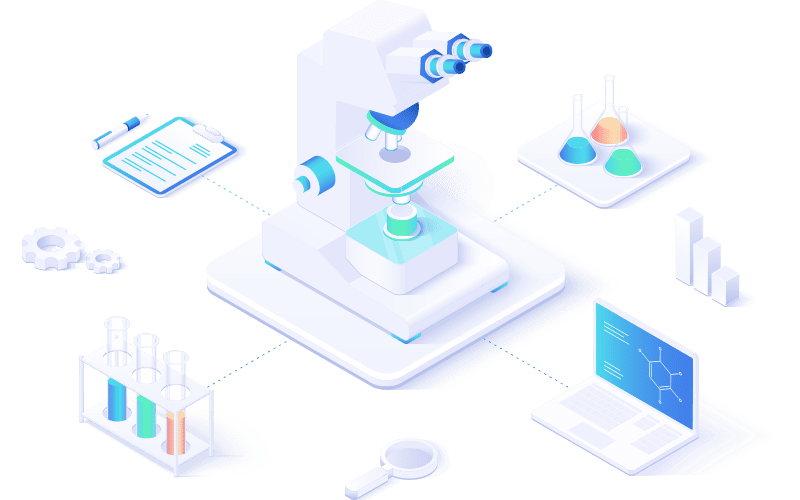
LIMS Suite
Seamless Sample and Workflow Management
The LabLynx LIMS Suite empowers laboratories with the tools needed to manage samples, workflows, compliance, and more in one centralized system. It’s the backbone for labs seeking efficient, reliable, and scalable management solutions.
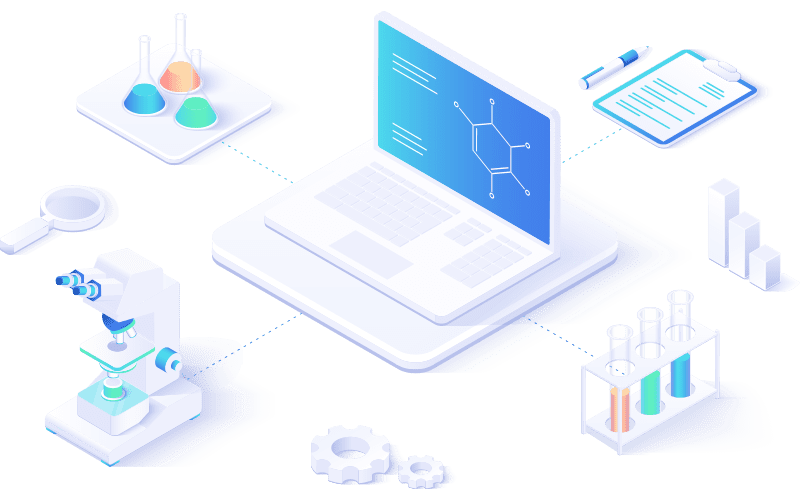
ELN Suite
The LabLynx ELN Suite offers a modern approach to managing lab data and experiments. With its secure, intuitive platform, your team can record, store, and collaborate effortlessly, supporting innovation every step of the way.
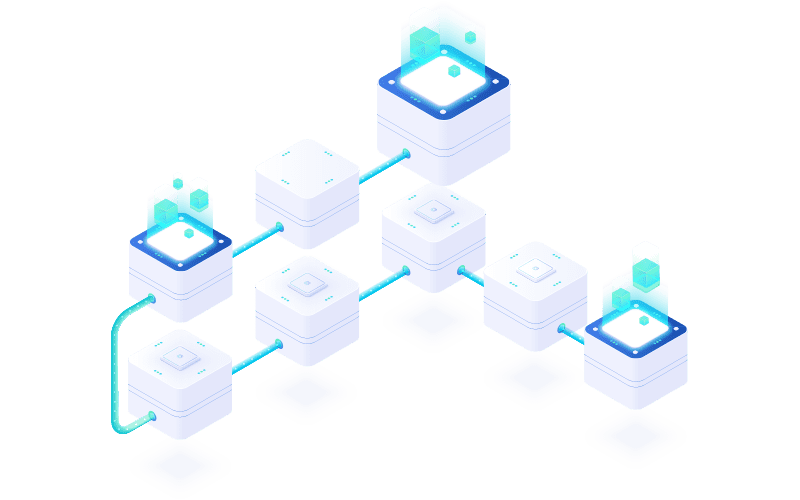
Lab Automation
Automate for Efficiency and Growth
Streamline operations and boost productivity with the LabLynx Lab Automation Suite. Designed for labs ready to embrace advanced automation, this suite integrates systems, instruments, and workflows to deliver efficiency at scale.
